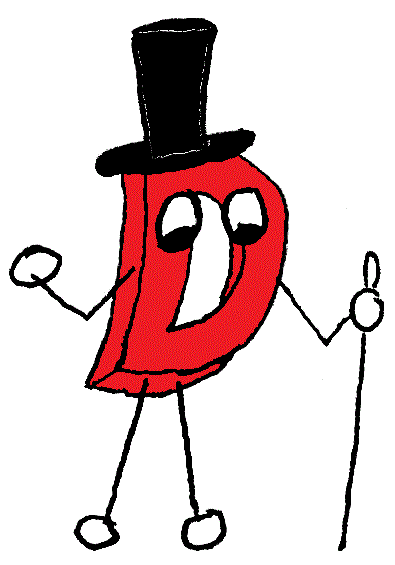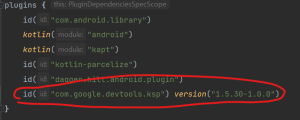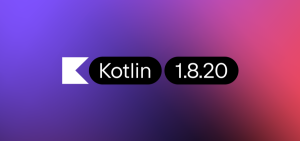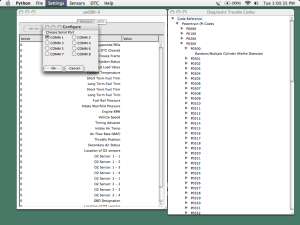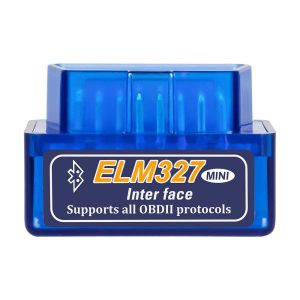Are you tired of the limitations and quirks of traditional programming languages? Look no further than Dlang, a modern and innovative language that offers powerful features and simplicity in one package.
First, let’s start with the basics. Dlang, also known as D, is a general-purpose programming language that was created by Walter Bright in 2001. It’s an open-source language that is designed to be efficient, fast, and reliable. It’s also a statically typed language, which means that variables must be declared with a specific data type before they can be used.
One of the most appealing aspects of Dlang is its speed. Dlang was designed with performance in mind, making it ideal for high-performance applications. It has a built-in garbage collector, which means that memory management is automated, allowing you to focus on writing your code without worrying about memory leaks or other memory-related issues.
Dlang is also incredibly flexible. It supports a variety of programming paradigms, including object-oriented, imperative, and functional programming. This means that you can use Dlang to build a wide range of applications, from web applications to operating systems.
Another notable feature of Dlang is its syntax. Dlang’s syntax is similar to that of C++, but it’s more streamlined and easier to read. Dlang also supports a number of features that make it easier to write clean, concise code. For example, Dlang supports template meta-programming, which allows you to write code that generates other code at compile time. This can be incredibly useful when you need to write code that’s both efficient and easy to maintain.
But that’s not all. Dlang also offers a number of advanced features that you won’t find in other programming languages. For example, Dlang supports built-in unit testing and contract programming. It also has a built-in package manager that makes it easy to install and manage third-party libraries.
If you’re looking for a programming language that’s both powerful and easy to use, then Dlang is definitely worth considering. Its combination of speed, flexibility, and innovative features make it an ideal choice for a wide range of applications. So why not give Dlang a try and see how it can help you take your programming skills to the next level?
Advantages
Dlang, also known as D, is a modern and innovative programming language that offers several advantages over traditional programming languages. Here are some of the key advantages of Dlang:
- Speed and Performance: Dlang was designed with performance in mind, making it ideal for high-performance applications. It’s fast, efficient, and has a built-in garbage collector, which means that memory management is automated.
- Flexibility: Dlang supports a variety of programming paradigms, including object-oriented, imperative, and functional programming. This means that you can use Dlang to build a wide range of applications, from web applications to operating systems.
- Easy to Learn: Dlang’s syntax is similar to that of C++, but it’s more streamlined and easier to read. This makes it easy for developers who are familiar with C++ to learn Dlang quickly. Dlang also has a large and supportive community, which means that there are plenty of resources available for learning and getting help.
- Advanced Features: Dlang offers several advanced features that are not available in other programming languages, such as built-in unit testing and contract programming. It also has a built-in package manager that makes it easy to install and manage third-party libraries.
- Improved Memory Management: Dlang’s garbage collector and memory safety features make it easier to write safe and secure code. This helps to reduce the risk of memory leaks and other memory-related issues.
- Cross-Platform Compatibility: Dlang is available for a wide range of platforms, including Windows, macOS, Linux, and many others. This means that you can write code once and deploy it on multiple platforms without having to make significant changes to your code.
Overall, Dlang offers several advantages over traditional programming languages. Its speed, flexibility, ease of use, and advanced features make it an ideal choice for a wide range of applications. If you’re looking for a modern programming language that can help you take your programming skills to the next level, then Dlang is definitely worth considering.
Disadvantages
While Dlang has several advantages, there are also some potential disadvantages to consider. Here are some of the key disadvantages of Dlang:
- Limited Community Support: Although Dlang has a growing and active community, it’s still smaller than the communities for more established programming languages like Python, Java, and C++. This means that there may be fewer resources and less support available when you’re working with Dlang.
- Limited Third-Party Libraries: While Dlang has a built-in package manager and supports third-party libraries, the number of available libraries is still smaller than for more established programming languages. This may make it more challenging to find the right libraries and tools for your project.
- Learning Curve: While Dlang’s syntax is similar to that of C++, it still has a learning curve for developers who are new to the language. The language’s unique features and syntax may take some time to get used to, especially for those who are used to working with other programming languages.
- Smaller Talent Pool: Because Dlang is not as widely used as other programming languages, finding developers with experience in Dlang may be more challenging. This may make it harder to build and maintain a team of developers who are proficient in the language.
- Limited IDE Support: While there are several IDEs and editors that support Dlang, the level of support may be more limited than for other programming languages. This may make it more challenging to find the right tools for your project.
Overall, while Dlang has several advantages, it also has some potential disadvantages to consider. Before deciding to use Dlang for your project, it’s important to carefully weigh the pros and cons to determine whether it’s the right choice for your specific needs and requirements.

